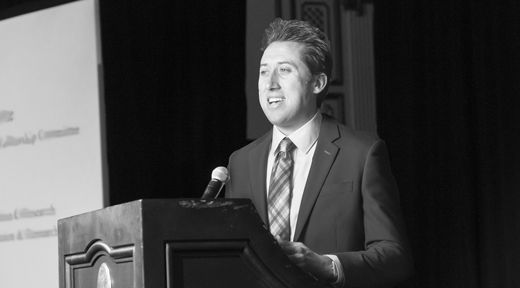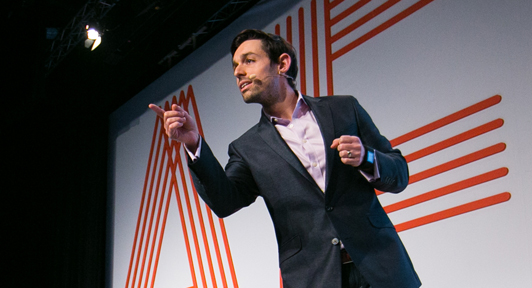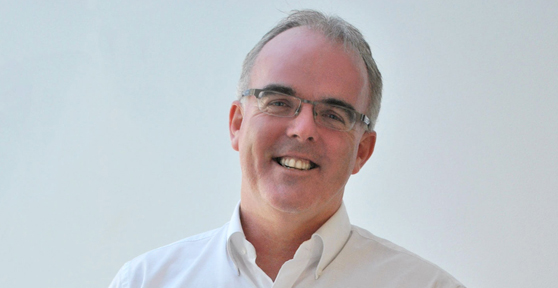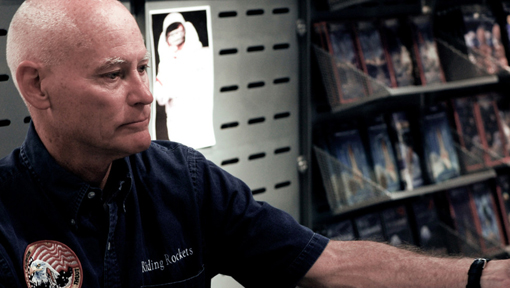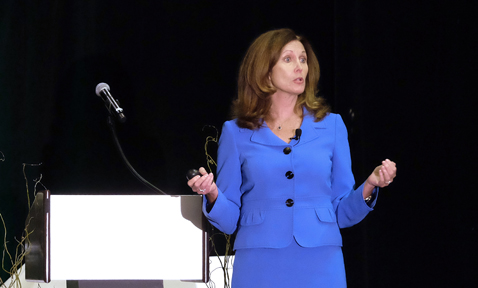
Motivating and Retaining Talent with Chester Elton
| Recognition is the greatest communication tool that a manager or leader has at their disposal. | |
| |
 | How can organizations best apply the power of purpose-based recognition? |
 | Recognition is the greatest communication tool that a manager or leader has at their disposal. It is also one of the most underused tools because managers think that recognition has to be a big event tied to a lot of expensive awards.
Real purpose driven recognition is often found in the little things we can do every day that reinforce our core values. A simple note about a great customer service encounter, a team meeting where we highlight one of our people in public, even a handwritten thank you note are all simple no-cost ways to recognize and appreciate the people we need the most every day. When these details center on our core values and services, the result is very effective purpose based recognition. |
 | Your work references a study – that analyzed 200,000 people over ten years – about the types of meaningful rewards that motivate employees. Can you please share more details regarding this study? |
 | The study was conducted by Towers Watson and included 13 countries. It is the largest study ever conducted on how a culture of appreciation impacted leaders and the engagement of everyone in the organization. The findings revealed the true benefits of a culture of appreciation in attracting and retaining top talent. |
 | What are some of the main benefits of an effective recognition program? |
 | The 200,000-person survey in The Carrot Principle and every major study over the past 20 years has highlighted the engagement benefits of people feeling valued in the workplace. Retention is higher, productivity is higher, and even customer satisfaction is higher.
In our findings we also revealed that leaders who used recognition on a regular basis to reinforce the right behaviors were way above the norm in 4 key leadership attributes.
We called these The Basic 4 of leadership and they were all directly tied to leaders that used recognition to build better teams and better places to work. |
| The best managers use more carrots and less sticks to get what they need from their teams. | |
| |
 | What is a “Carrot Principle” manager and how can it make someone into a high-performance leader? |
 | The principle is really quite simple and it is that when we perform we are celebrated. We know that rewarded behavior gets repeated and so the best managers reward those behaviors that are key to our organizations. Quite simply, it is common sense that is uncommonly practiced.
The best managers use more carrots and less sticks to get what they need from their teams. They know that this is not the “soft” stuff or a “nice to have” in the workplace but the “hard” stuff that makes a team tick and an absolute “must have” if you want to succeed. |
 | What is the “Orange Revolution” and how can it foster teamwork and help in conquering barriers? |
 | The Orange Revolution is all about how one great team can transform an entire organization. When we have teams that focus on three basic elements of teamwork they can achieve more than they could ever imagine.
We call this The Rule of Three and it is as simple as it is effective. First, in everything we do we strive to be World-Class. The teams we studied that followed this simple rule of three were much more focused, much more productive and created what we called a high-performance team. They were consistently able to overcome barriers and deliver world-class results for the organization and their customers. |
| Every great team we found set clear and concise goals and found ways to celebrate as a team once those goals were reached. | |
| |
 | What are some of the main characteristics of a well-motivated team? |
 | Every great team we found set clear and concise goals and found ways to celebrate as a team once those goals were reached. They cheered for each other in big and small ways every day. It really was the secret sauce of every high performance team we studied. They worked hard and they celebrated that hard work all along the way. It created great esprit de corps and delivered amazing results. |
 | Could you please describe some ways companies can improve their culture to attract and retain the best talent? |
 | In our book All In we talk about the three E’s: Engage, Enable and Energize.
We need to make sure that we have a culture where our people know that their extra effort will be valued and recognized. Those are key drivers of engagement. “Enable” means that they have all the training and tools to do their jobs. In other words, they are enabled and empowered to accomplish their tasks every day. Finally, they are purpose driven in their work; they are in a position where they are passionate about what they are doing. That is not only empowering, it is energizing! All the research points to these three keys in creating a culture that attracts and retains top talent. |
| “The customer experience will never exceed the employee experience.” | |
| |
 | How can an organization create a culture of caring? |
 | I love the phrase, “The customer experience will never exceed the employee experience.” First, we have to start by caring for each other. The “Old School” style was to treat everyone the same because “that is fair”.
In the “New School” style, we know our players and we realize that everyone is a little different and therefore will be engaged and motivated just a little differently. That’s why our “Motivators Assessment” has proved to be so valuable in understanding our peoples’ core passions and motivations. When we really know our people we can better understand how to engage and care for them. |
 | What are three tips for keeping your top talent? |
 | Three ideas:
The concept of Job Sculpting is another way of making sure that we have aligned our people’s passions with the work they do every day. The formula is simple, Add, Alter, and Transfer. Add to the person’s responsibilities those things where they are really passionate. Alter those things that are keeping them from being truly engaged and finally transfer those responsibilities that would be better served by other members of the team. We call this Job Sculpting. |
| When we don’t know what really motivates and engages our teammates it creates misunderstandings and blind spots. | |
| |
 | In your book, What Motivates Me, you discuss 60 simple job sculpting strategies to help people “accomplish more” and “avoid blind spots.” Could you please describe a few of these? |
 | When we know and appreciate what motivates every member of our team we can develop relationships faster and make them more meaningful. When we don’t know what really motivates and engages our teammates it creates misunderstandings and blind spots.
For example: If I am motivated by money and the rest of the team isn’t, it creates a blind spot around one of my key motivators. Once understood, we can work together much better and appreciate the difference rather than cause friction on the team. This is why understanding the uniqueness of each member of the team is so important and one of the key reasons we wrote What Motivates Me. It allows us to get up to speed faster by understanding our team and leaders in a deeper more meaningful way. It creates not only a more productive team, but a better place to work as well. ========================================================= |

